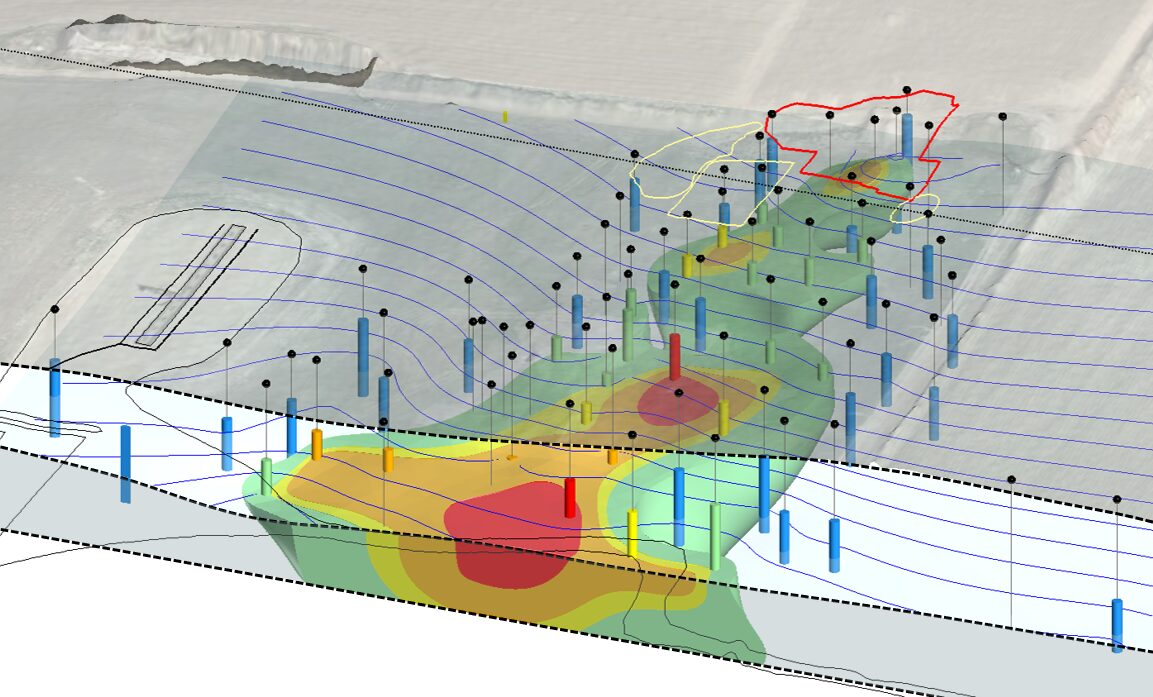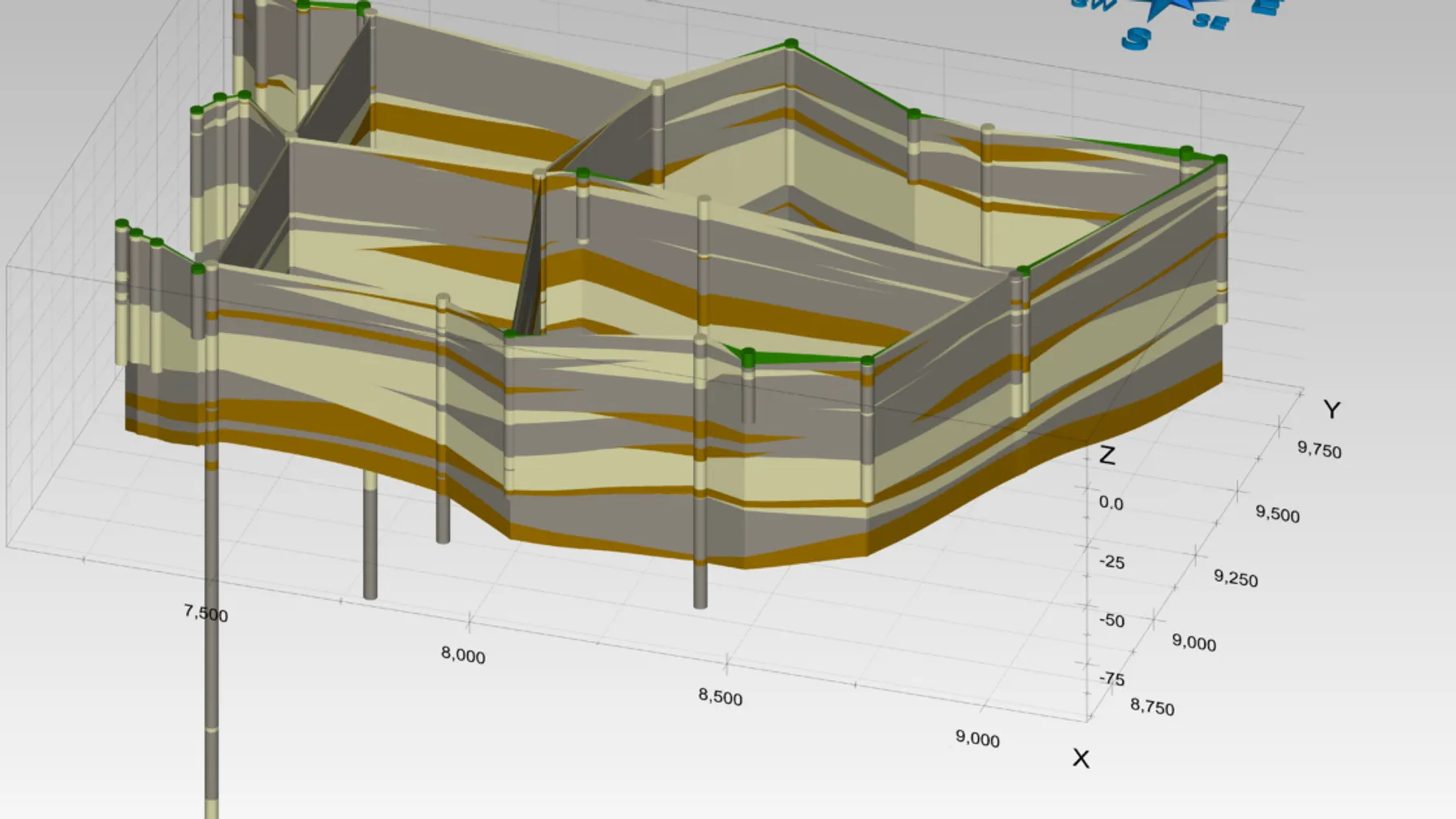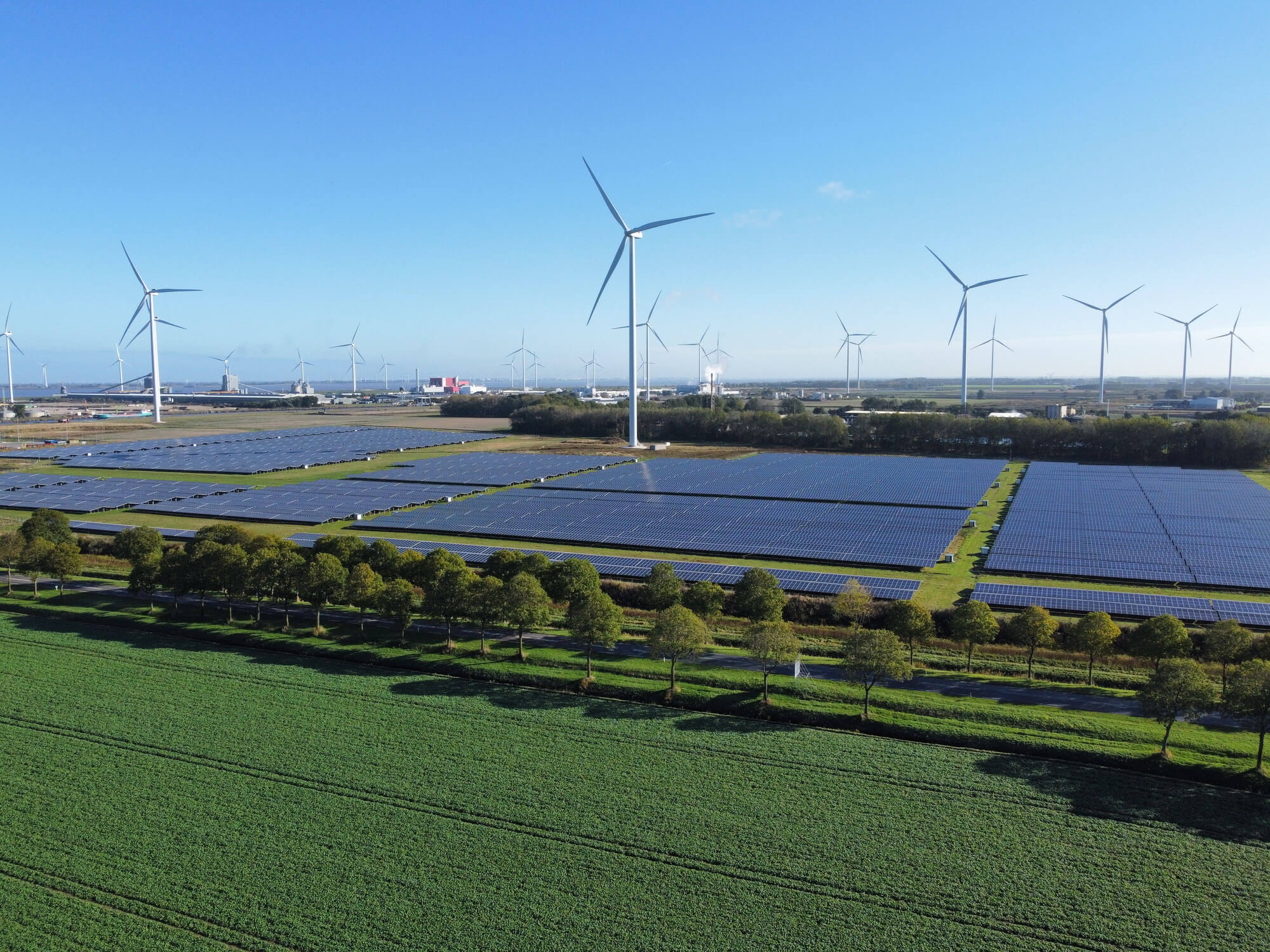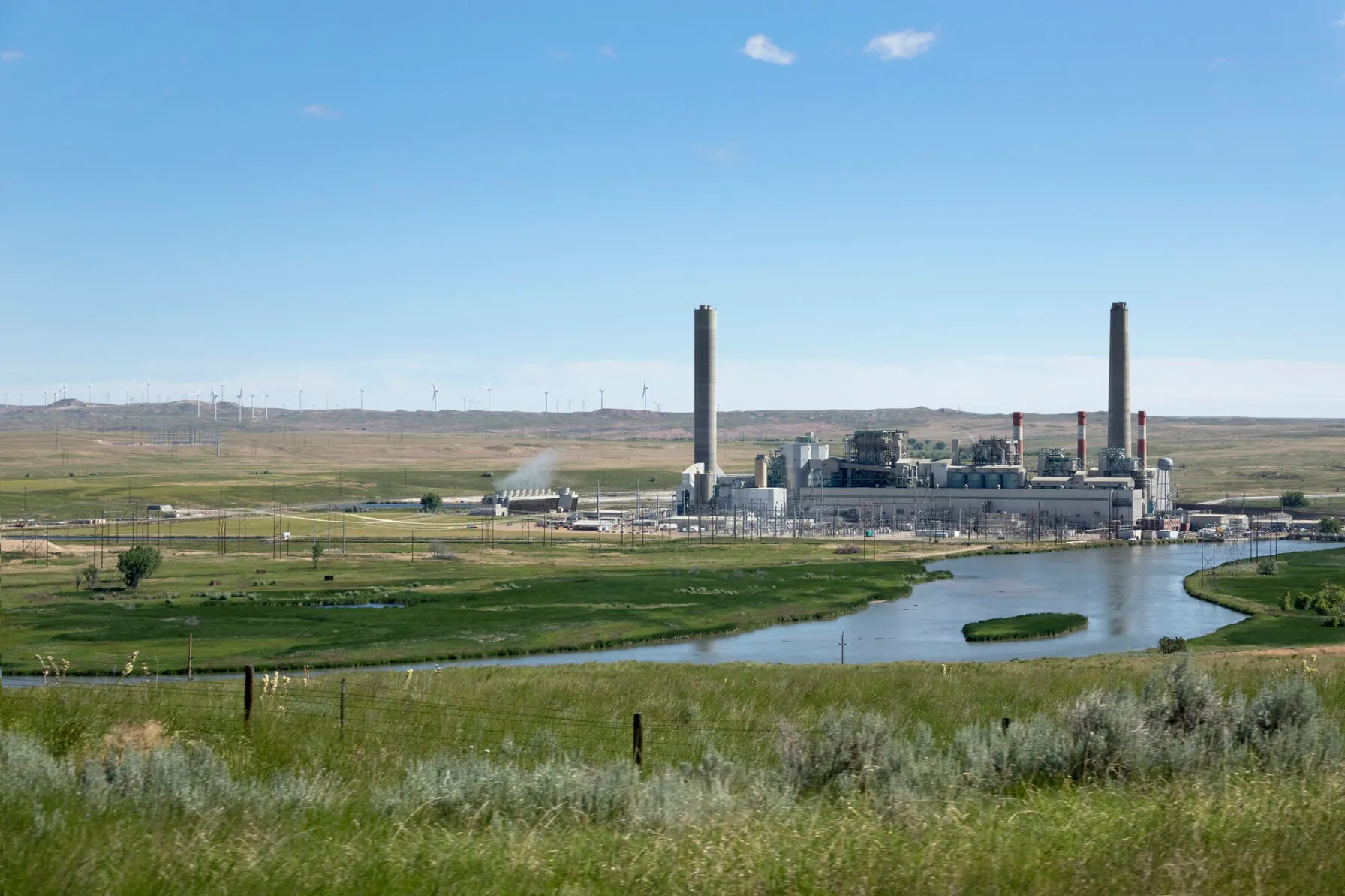The EPA regulates greenhouse gas (GHG) emissions under the Greenhouse Gas Reporting Program (GHGRP) and has recently decided to place renewed emphasis on sulfur hexafluoride (SF6) which is a synthetic fluorinated compound. Emissions reports must be filed by the end of March to maintain compliance.
What is SF6 and How is it Used?
Due to the unique compound properties of SF6, it is often used by electric utilities as a voltage insulation to reduce arcing and minimize disruption of power delivery. However, it is the most dangerous GHG and even a relatively small amount of SF6 can have a significantly adverse impact on global climate change because as the gas is emitted, it accumulates un-degraded in the atmosphere. In fact, it is approximately 23,000 times more damaging to the environment than carbon dioxide (CO2) due to its ability to trap infrared radiation.
The electric transmission and distribution equipment use source category consists of equipment insulated with or containing SF6 or perfluorocarbons (PFCs). SF6 and PFCs are also used within electric power and hermetically sealed-pressure switchgear, gas-insulated lines, and gas containers, such as pressurized cylinders, gas carts and electric power transformers.
Required Reporting for Compliance
Companies must report GHG emissions if the total installed nameplate capacity of SF6 and PFC containing equipment exceeds 17,820 pounds companywide.
March 31, 2023 is the current deadline for companies to report to the EPA.
Related Services

TRC Can Help
TRC is assisting clients with their GHG inventory and reporting, including reporting of SF6 in response to the EPA’s mandatory reporting rule (MMR) 40 CFR 98 subpart DD. We have experienced GHG consultants who can work with your company to provide the following services:
- Collect the data required for the EPA mandatory reporting
- Calculate the SF6 emissions
- Report SF6 emissions using the GHGRP’s online reporting tool
In addition, TRC can conduct a gap analysis using the GHG reporting rule to determine what the facilities currently have in place and what is needed to be in compliance with the regulation.
Please reach out via the “contact me” button below to get support for your reporting requirements.
Sharing Our Perspectives
Our practitioners share their insights and perspectives on the trends and challenges shaping the market.

Development and Types of Conceptual Site Models (CSMs)
March 15, 2025
There are vast resources, including publications and guidance documents on the topic of Conceptual Site Models (CSMs), and the term “CSM” can mean many different things to different people depending on their technical area of expertise and their expectation about the goal or purpose of the subject CSM

EPA Releases Clean Water Act Facility Response Plan Rule
June 19, 2024
This Regulatory Update is the first in a series summarizing the Rule and how it may affect your facility.

PM2.5 Annual NAAQS Revised
May 7, 2024
The U.S. EPA issued a final rule based on its reconsideration of its 2020 decision to retain the primary and secondary National Ambient Air Quality Standards (NAAQS) for particulate matter (PM) without revision.

What You Need to Know About MSHA’s Final Rule on Crystalline Silica Dust
April 8, 2024
Regulatory Changes Will Impact Mine Operators and Better Protect Employee Health and Safety.

Changes to EPA’s Risk Management Program (RMP) Regulations Are Here
April 3, 2024
Changes to the Risk Management Program (RMP) regulations were signed into a final rule on February 27, 2024, by EPA Administrator Michael S. Regan.

Changes to EPA’s Risk Management Program (RMP) Regulations Are Coming
April 14, 2023
Changes to the Risk Management Program (RMP) regulations were signed into a final rule on February 27, 2024, by EPA Administrator Michael S. Regan.

Phase I ESA ASTM Standard Update: The Wait is Over
December 21, 2022
The USEPA published a Final Rule making the ASTM E1527-21 Phase I ESA standard AAI compliant.

Proactive Enforcement is Key in the EPA FY2022-2026 Strategy
October 19, 2022
A core element of the EPA FY2022-2026 Strategic Plan focuses on environmental compliance.

Preparing for EPA Inspections in Environmental Justice Communities
October 4, 2022
The EPA Office of Enforcement and Compliance Assurance Have Expanded Goals to Strengthen Enforcement and Protections Within EJ Communities

New National Emerging Contaminants Research Initiative
September 12, 2022
The Executive Office of the President of the United States announced a National Emerging Contaminant Research Initiative

Climate Action and Environmental Justice are at the Forefront of EPA’s Strategic Plan
June 14, 2022
The EPA issued its Fiscal Year 2022-2026 Strategic Plan. Although the strategic plans emphases often change with administrations, we can be reasonably certain that the Plan reflects priorities through 2024.

CCR Removal and Its Effects on Soil and Groundwater Geochemistry
October 25, 2021
Many utilities are implementing corrective action at coal combustion residual (CCR) surface impoundments under Federal or State CCR Regulations, with implications for groundwater protection standards.

NJDEP Implements New Jersey Environmental Justice Law Through Administrative Order
October 5, 2021
On September 22, 2021, the New Jersey Department of Environmental Protection (NJDEP) Commissioner announced the issuance of Administrative Order (AO) No. 2021-25 to implement New Jersey’s Environmental Justice (EJ) Law. This order is effective immediately, and applicants seeking to site new major source facilities, renew major source permits or expand existing facilities with major source permits (e.g., Title V air permits) in overburdened communities are affected. There are more than 4.5 million people that live within 331 municipalities that are overburdened communities in the state of New Jersey.

OSHA’s Call for Comments on Mechanical Power Press Standard Changes
September 30, 2021
OSHA has recently published a call for comment regarding mechanical power presses. The reason behind OSHA’s request is that the American National Standards Institute (ANSI) consensus standard for mechanical power presses has been updated numerous times since the implementation of OSHA’s standard.

Managing EHS & ESG Risks Through Integrated Systems Today and Beyond
July 22, 2021
It has been more than 50 years since the development and establishment of the federal Environmental Protection Agency (EPA) and the federal Occupational Safety & Health Administration (OSHA) which were formed to protect our environment and workplaces across the United States. Significant laws, policies and regulations followed to establish the “regulatory programs” that all applicable businesses and entities must address and meet to ensure these compliance-driven legislative programs would create a foundation to protect our society.

EPA Resource Conservation & Recovery Act (RCRA) Corrective Action (CA)
January 11, 2021
The EPA RCRA Corrective Action (CA) Program recently provides a review and update on CA set in 2004 and new CA set for 2030.

EPA continues to aggressively address PFAS wastewater with two new strategies
January 4, 2021
EPA takes steps toward PFAS wastewater and storm water permitting, and analytical methods for testing.

2020 TSCA Chemical Data Reporting (CDR)
December 7, 2020
Earlier this year, EPA revised the CDR rule to reflect the 2016 amendments to TSCA, including changes for foreign-owned businesses and the reporting responsibilities of suppliers and contractors, as well as an exemption for small businesses.

Ecological Risk of PFAS from AFFF-Impacted Sites
June 30, 2020
The facts on evaluating exposure to wildlife

TRC Chosen to Provide Array of Integrated Services on Midship Pipeline Project
August 28, 2018
TRC has been awarded contracts for environmental consulting, engineering and field services and another for stem-to-stern Engineer, Procure and Construct (EPC) contract for three compressor stations.

Nancy Parmer
Nancy Parmer has over 20 years working with clients to advance their Supply Chain and ESG programs from the board level, throughout the organization. It is important to integrate ESG/Sustainability into company strategy, Nancy has developed science-based climate solutions in the transportation, manufacturing, high tech, and healthcare sectors. Effective companies must utilize scientific, data-based approach to identify and address climate change risk. She has developed actionable sustainability strategies that captured cost savings, increased revenues, and efficiency improvements for Fortune 100 and 500 companies by creating solutions that reduce GHG emissions, energy, waste, and water throughout their supply chain. She is committed to help customers with their sustainability challenges and transform those challenges into market opportunities. Nancy is accomplished in GHG reporting, verification, sustainability tool development, sustainability reporting, and materiality assessments.in addition Nancy has technical experience with Air Permit Applications (NSR, synthetic minor and Title V Operating Permits) Air Emission Inventories, Regulatory Assessments and Emissions Quantification Environmental Compliance Assessments and Audits, Ambient and Stationary Source Emission Measurements and Climate Action Planning. Contact Nancy at NParmer@trccompanies.com.









